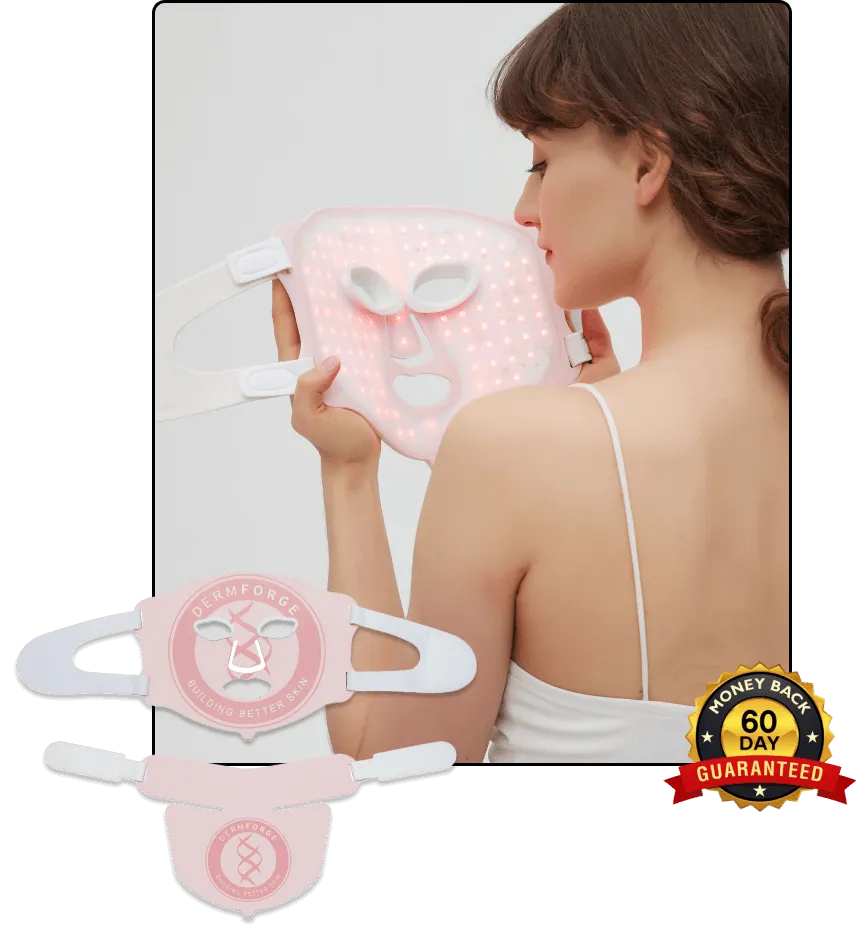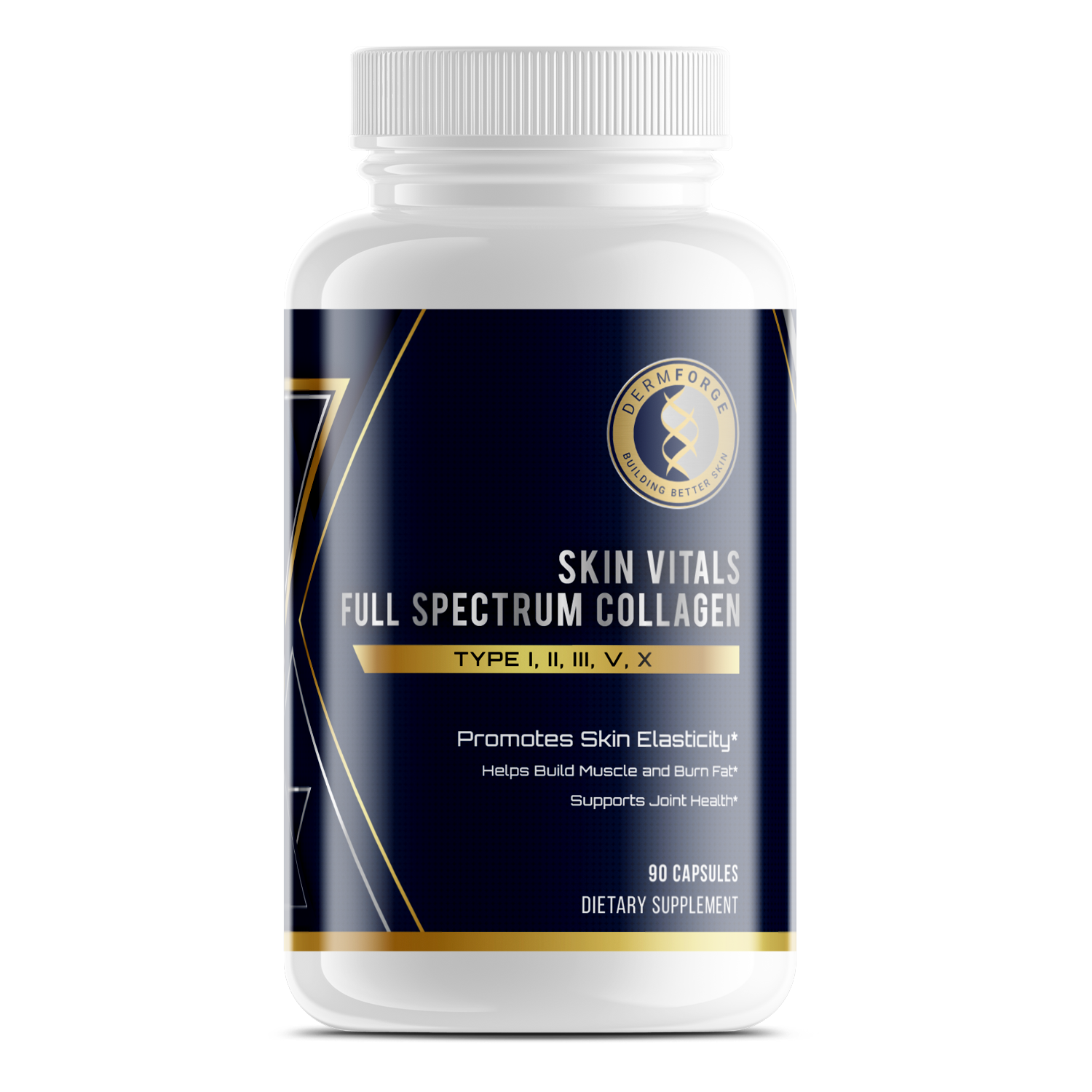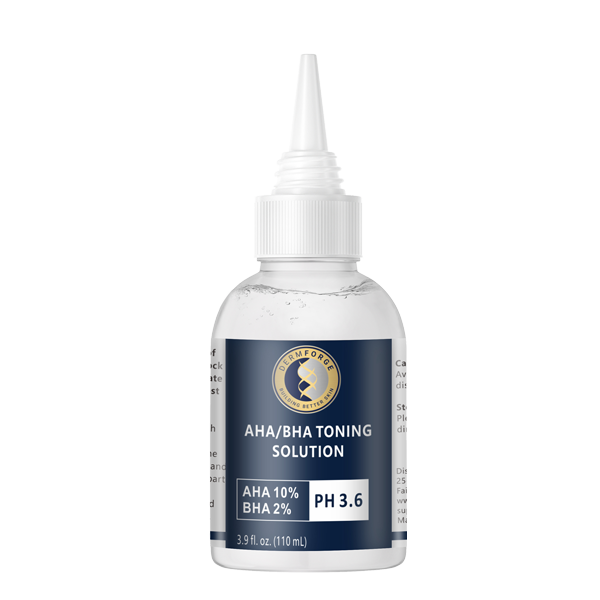Retinol Serum application has become a trusted part of many skincare routines. It’s known for helping with texture, tone, and signs of aging. However, using it correctly makes a big difference in how your skin responds. That’s why understanding the basics can save you time and frustration.
Therefore, it helps to know how retinol works and what it actually does to your skin. Retinol is a Vitamin A derivative that speeds up cell turnover. Additionally, it can reduce fine lines, fade dark spots, and smooth uneven skin. These benefits make it a popular choice for many skin types.
However, retinol isn’t a quick fix. You need to apply it consistently and with care to avoid irritation. Therefore, beginners should start slowly and follow a simple routine. Using too much too often can cause redness, dryness, or peeling. A lighter approach usually leads to better results.
Additionally, pairing retinol with other strong ingredients can create problems. Mixing it with acids or Vitamin C may increase skin sensitivity. Therefore, spacing those products out helps reduce the chance of reactions. Sticking to a balanced routine makes a big difference over time.
Many people give up on retinol too soon. However, results often take several weeks to show. With regular use and the right technique, your skin may gradually appear smoother and more even. You just need to stay patient and consistent with your approach.
Understanding how and when to apply retinol is the first step. From there, you can build a routine that fits your skin’s needs.
What Is Retinol Serum and How Does It Work?
Retinol serum comes from Vitamin A, a nutrient known for supporting healthy skin. As a derivative, retinol converts into retinoic acid. Your skin then uses this active form to increase cell turnover and support collagen production. As a result, retinol can improve texture, even out tone, and reduce fine lines.
However, the effects don't happen overnight. Retinol works gradually by encouraging skin renewal. This helps remove dead skin cells while allowing fresher layers to surface. Additionally, this process reduces clogged pores and smooths rough patches. With regular use, your skin often looks brighter and more refined.
Retinol Serum application usually happens at night. That’s because your skin becomes more sensitive to sunlight while using retinol. Therefore, most professionals recommend using sunscreen daily when applying retinol. Although results vary, consistent use often leads to visible improvements over several weeks.
At the cellular level, retinol tells your skin cells to behave more like younger ones. This signal boosts collagen, which helps firm your skin and reduce wrinkles. Additionally, it can fade dark spots left behind by acne or sun exposure. However, beginners may experience dryness or flaking at first.
Therefore, it’s best to start slowly. You might apply it every third night and increase use over time. Always follow with a gentle moisturizer. That way, your skin can adjust without unnecessary irritation. Choosing the right product strength also helps make the process smoother.
Retinol serum has earned a reputation for good reason. While the results take patience, the long-term benefits often speak for themselves. When used correctly, it can support your skin’s health and appearance in meaningful ways.
Benefits of Using Retinol Serum
Retinol serum offers multiple skin benefits that make it a trusted option in many routines. With regular use, fine lines begin to soften. This happens because retinol encourages faster cell turnover and boosts collagen production. As a result, your skin often appears firmer and smoother over time.
Additionally, many people notice that their skin tone becomes more even. Retinol can fade dark spots caused by sun exposure or breakouts. Therefore, it’s often recommended for people dealing with post-acne marks or pigmentation. Over several weeks, you may start to see a more uniform complexion.
Texture improvements are another common result. Because retinol removes dead skin more quickly, rough patches tend to fade. Additionally, pores often appear smaller as clogs reduce and new skin surfaces. If you’ve dealt with bumpy areas, this process can help create a softer feel.
However, results depend on consistency. Retinol Serum application works best when you stick with it over time. You might not see major changes immediately, but small shifts often build up. Therefore, don’t get discouraged if improvements take several weeks to appear.
Another benefit is improved clarity. With fewer dead cells and less buildup, your skin tends to look brighter. Additionally, the regular shedding helps maintain balance and supports other skincare products. That’s because smoother skin allows better absorption of moisturizers or serums.
When used properly, retinol can provide visible, long-term results. However, it works best when combined with sun protection and a simple routine. You don’t need a complex regimen to see changes. Sometimes, consistent care makes the biggest difference.
When and How Often to Apply Retinol Serum
Retinol works best when applied at night. That’s because light can break it down and make it less effective. Therefore, most skincare professionals recommend adding it to your evening routine. Applying it before bed gives it time to work while your skin rests.
If you're new to retinol, start slow. Using it every third night helps reduce the chance of irritation or dryness. Additionally, applying a moisturizer afterward can make the process easier on your skin. As your skin adjusts, you can use it more often. Eventually, you may build up to applying it every other night or even nightly.
However, your skin may need time to tolerate it. Redness or peeling can happen at first. Therefore, don’t rush to increase frequency too quickly. You’ll get better results by being consistent instead of aggressive. Many users see improvements within a few weeks, even with a lighter schedule.
Experienced users often apply retinol more frequently. If your skin already tolerates it well, nightly use may work fine for you. However, it’s still important to watch for signs of irritation. Additionally, you should always follow with a gentle moisturizer and avoid combining it with harsh ingredients.
Retinol Serum application works best when you use a small amount. A pea-sized drop is enough for your entire face. More product won’t give better results and may actually cause problems. Therefore, keep it simple and consistent.
Stick to nighttime use and allow your skin to build tolerance gradually. That’s how you get lasting benefits without overdoing it. With a little patience, retinol can become one of the most reliable tools in your skincare routine.
Step-by-Step Guide to Proper Retinol Application
Start with clean skin before applying retinol. Use a gentle cleanser that removes oil, makeup, and buildup without stripping your skin. After cleansing, pat your face dry and wait a few minutes. This gives your skin time to fully dry, which helps reduce irritation from retinol.
Next comes the Retinol Serum application. Use a pea-sized amount for your entire face. You don’t need more than that. Additionally, avoid the corners of your eyes, mouth, and nose where skin is more sensitive. Dab small amounts onto your forehead, cheeks, and chin. Then gently spread it using your fingertips.
After applying retinol, wait a minute before applying your moisturizer. That brief pause helps the product settle into your skin. Then, choose a plain moisturizer without harsh ingredients. Apply it evenly across your face to help lock in hydration and reduce dryness.
However, nighttime isn’t the only time that matters. The next morning, apply sunscreen with broad-spectrum protection. Retinol makes your skin more sensitive to sunlight. Therefore, using SPF daily helps protect your skin from damage. Skipping sunscreen can undo your progress and cause irritation.
Additionally, keep your routine simple while using retinol. Don’t combine it with other strong treatments like exfoliating acids. That increases the risk of redness or dryness. Therefore, limit active ingredients and focus on hydration and protection.
A consistent step-by-step routine makes a big difference. When applied correctly, retinol can support smoother, brighter, and more even-looking skin. You don’t need complicated steps to see results. Just follow this basic structure and give your skin time to adjust.
Common Mistakes to Avoid with Retinol Use
Many people use retinol incorrectly without realizing it. Using too much too soon is one of the most common mistakes. Retinol works slowly, so applying more won’t speed things up. In fact, overuse can lead to redness, peeling, or even breakouts. Therefore, start with a small amount and use it less often at first.
Another mistake is mixing retinol with other strong products. Ingredients like AHAs, BHAs, or Vitamin C can irritate your skin when combined with retinol. Therefore, it’s best to avoid layering these in the same routine. Instead, space them out across different days or use them at opposite times of the day.
Additionally, many people forget how sensitive retinol makes their skin. Skipping sunscreen during the day leaves your skin more exposed to sun damage. That can cause dryness, irritation, or dark spots. Therefore, applying SPF every morning is essential when using retinol regularly.
Some users also apply retinol to damp skin. However, this increases the chance of irritation because moisture helps it absorb faster. For best results, wait until your skin is fully dry before applying. Additionally, always follow with a gentle moisturizer to support your skin barrier.
Retinol Serum application works best when it’s simple and consistent. Avoid the urge to try every new product at once. Give your skin time to adjust before making changes. That way, you reduce the risk of flare-ups and allow your skin to respond better.
When you avoid these common mistakes, retinol becomes easier to use. A slower, steady approach usually gives the best results over time.
What Skin Types Should Use Retinol (and Who Shouldn’t)
Retinol can work well for many skin types, but not everyone should use it the same way. If you have oily or acne-prone skin, retinol may help clear breakouts and reduce shine over time. That’s because it helps unclog pores and reduce oil buildup. However, it still needs to be used gradually to avoid irritation.
Aging skin often benefits from regular use. Retinol supports collagen production, which helps soften lines and improve firmness. Therefore, it’s commonly used to improve texture and tone in mature skin. Additionally, those with sun damage or uneven pigmentation may also see positive changes with time.
However, sensitive skin requires extra caution. If your skin often reacts to new products, start with a low concentration. Apply it only once or twice a week at first. Additionally, using a buffer like moisturizer before retinol can reduce the risk of irritation. Retinol Serum application should never feel harsh or painful.
Therefore, if your skin stings or peels after several uses, take a break. Allow your skin to recover before trying again. Additionally, those with conditions like eczema or rosacea should speak to a dermatologist first. Retinol might not be the best option for inflamed or compromised skin.
Pregnant or breastfeeding individuals should also avoid retinol. While topical use is different from oral forms, it’s still not recommended. If you fall into that group, it’s best to find alternatives and talk with a healthcare provider.
Retinol isn’t one-size-fits-all. But when matched to your skin type and used correctly, it can become a helpful part of your routine.
Conclusion
Retinol can offer long-term benefits when used with care and consistency. While results may take time, many people see real improvements. You don’t need a complex routine to make progress. Often, it’s the small, steady habits that support better skin health.
Therefore, start with a simple plan. Use a gentle cleanser, a pea-sized amount of retinol, and follow with a moisturizer. Additionally, apply sunscreen every morning to help protect your skin from irritation and sun damage. These steps work together to support visible changes over time.
Retinol Serum application should always fit your skin’s tolerance. If you experience dryness or redness, ease back and allow your skin to recover. Then gradually increase frequency as needed. That way, you avoid unnecessary discomfort and support better long-term results.
However, not every skin type reacts the same way. If you’re unsure how to begin, start slow and watch how your skin responds. Additionally, talk to a skincare professional if you have concerns about reactions or skin conditions. That guidance can help you make the best choices for your routine.
With patience and care, retinol often becomes a trusted part of your skincare approach. It doesn’t need to feel complicated or harsh. Just follow basic steps, stay consistent, and listen to your skin. Over time, you may notice smoother texture, clearer tone, and fewer visible lines.
Adding retinol to your routine is a personal decision. But for many, the long-term benefits are worth the effort. Take it slow, stay mindful, and let your skin adjust at its own pace.






